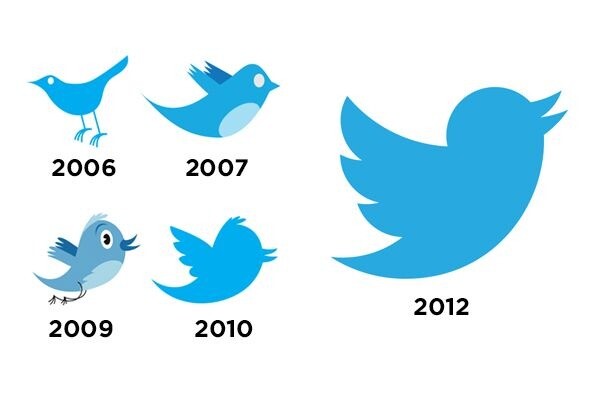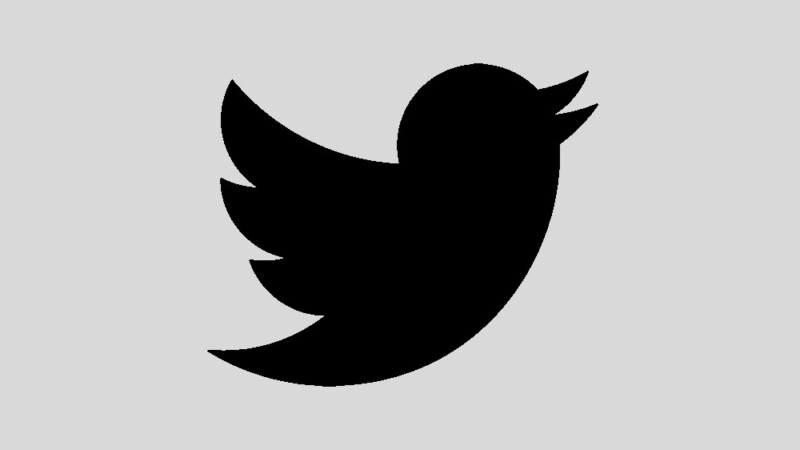Twitter has emerged as one of the most influential and widely used social media platforms across the globe, boasting an impressive 300 million active monthly users. It has revolutionized communication, information sharing, and narrative shaping. But what led to Twitter’s meteoric rise and dominance in the digital landscape? In this in-depth article, we will delve into the origins of Twitter, the vision of its founders, its evolution over time, and the profound impact it has had on society.
The Early Days of Twitter

Twitter’s roots can be traced back to Odeo, a podcasting startup founded in 2005 by Evan Williams and Noah Glass. Evan Williams, already renowned for co-founding Blogger, had sold his previous venture to Google. Odeo initially aimed to be a platform for discovering and subscribing to podcasts but had to pivot when podcasting faced challenges.
At the heart of this transformation was Jack Dorsey, an Odeo engineer, who conceived the idea of a platform where people could share short status updates via SMS. Backed by Evan Williams, Jack Dorsey co-founded Twitter in 2006 and became its first CEO. The name “Twitter” was inspired by the concept of tweeting, defined as short bursts of inconsequential information.
The original concept revolved around answering the question, “What are you doing?” in 140 characters or less, in alignment with the SMS messaging constraints. On March 21, 2006, Jack Dorsey posted the very first tweet: “just setting up my twttr.” This novel approach to communication quickly attracted early adopters, fascinated by the brevity and novelty of the platform.
Key Moments in Twitter’s Growth

- Hashtags and Mentions: In 2007, Twitter introduced the hashtag, enabling tweets to become searchable by topics, enhancing engagement. The “@” symbol was also introduced to tag other users.
- South by Southwest (SXSW) Impact: Twitter gained widespread attention during the 2007 SXSW festival, where attendees extensively utilized the platform. An astonishing 60,000 tweets were sent during the festival, propelling Twitter into the tech world’s spotlight.
- API Access for Developers: In April 2007, Twitter opened its API to developers, fostering the creation of new apps and functionality around the platform.
- Milestone of 1 Million Users: In 2008, Twitter reached one million monthly active users, and its first International accounts were launched, foreshadowing global expansion.
- Breakout Year of 2009: Twitter witnessed unprecedented growth, with over 100 million tweets per quarter. Prominent figures like Oprah joined the platform, and Twitter played a pivotal role in political activism during the Iran elections.
- New Features and Monetization: In 2010, Twitter introduced the Retweet button, and its Promoted Tweets program marked a shift towards monetization.
The Founders’ Contributions to Twitter
Each of the co-founders played a crucial role in shaping Twitter’s trajectory:
- Evan Williams: As Twitter’s largest shareholder, Evan Williams remained a guiding force and board member, leveraging his entrepreneurial expertise to drive early success.
- Jack Dorsey: Serving as the CEO of Square while being at the helm of Twitter in 2015, Jack Dorsey strengthened the platform’s machine learning capabilities.
- Biz Stone: A champion of creativity within Twitter’s culture, Biz Stone held various roles and remained connected to the platform’s roots, even after stepping back from daily operations in 2011.
- Noah Glass: Although less visible than other co-founders, Noah Glass significantly contributed to the naming and conceptualization of Twitter. Regrettably, he was ousted in 2006 without equity and remains without official recognition.
How Twitter Evolved over Time
Twitter’s evolution involved several key developments:
- Multimedia Integration: Twitter expanded its functionality by allowing photo and video sharing, catering to users’ appetite for multimedia content.
- Threads and Improved Conversations: Users could now thread multiple tweets together, making it easier to follow coherent narratives. Conversations on Twitter became more accessible through the News Feed and more bio-centric profiles.
- Strategic Acquisitions: Acquisitions like Vine, Periscope, and MoPub targeted specific growth areas, diversifying Twitter’s offerings and expanding its reach.
- Moments and Focused Groups: Twitter’s introduction of features like Moments and Focused Groups expanded its offerings beyond the chronological feed, leading to more algorithmic curation.
Twitter’s Societal Impact

The profound impact of Twitter on society became evident through various phenomena:
- Accelerated News Cycle: Twitter became a critical source for breaking news, with being the first to tweet major events gaining immense value.
- Hashtag Activism: The platform empowered social movements like #MeToo, although not without controversies.
- Direct Engagement with Public Figures: Celebrities and politicians directly addressed their followers, blurring the line between professional and personal communication.
- The Dark Side of Pile-Ons: Rapid spread of outrage and shaming posed challenges around nuance and empathy.
- Battle Against Misinformation: Twitter responded by implementing fact-checks and taking action against malicious actors.
- Community Building and Echo Chambers: Niche communities formed around specific interests, but echo chambers also emerged, leading to polarized discourse.
- Reshaping Political Messaging: The brevity of tweets recast political messaging into more provocative terms.
The Future of Twitter
As Twitter enters its teen years, several possibilities await:
- International Expansion: To counter slowing growth in the US, Twitter will focus on expanding its global reach.
- Content Moderation: Transparent reporting and stakeholder input will play crucial roles in navigating content moderation controversies.
- Improved Conversational Flows: Twitter will continue to facilitate meaningful discussions by rolling out enhancements to conversational features.
- Emphasis on Daily Usage: The platform will prioritize habitual, daily usage over merely acquiring new users.
- Social Commerce: Twitter will explore expanding e-commerce tools to tap into the growing social commerce trend worldwide.
- Subscription Features: Power users may gain access to exclusive capabilities through subscription-based features.
- Audio Conversations: Twitter may leverage the expanding audio space by becoming a go-to destination for audio conversations.
—> Recommended
- Asus Zenfone 10 vs One Plus 10 Pro
- Asus Zenfone 10 vs Google Pixel 7
- Asus Zenfone 10 vs Samsung Galaxy S23
- Asus Zenfone 10 Review
From its modest beginnings as a side project to a global social media giant, Twitter’s journey has been awe-inspiring. Through brevity, immediacy, and transparency, Twitter revolutionized communication. However, it also faced challenges related to polarization, misinformation, and toxicity. As Twitter charts its path ahead, preserving its founders’ values of creativity, self-expression, and empowerment will be vital for nurturing conversations and fostering a supportive community. Whether we tweet or not, Twitter’s undeniable impact on society has shaped the landscape of modern social media.










Add Comment